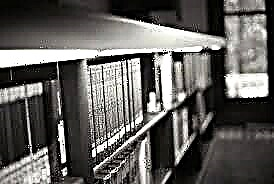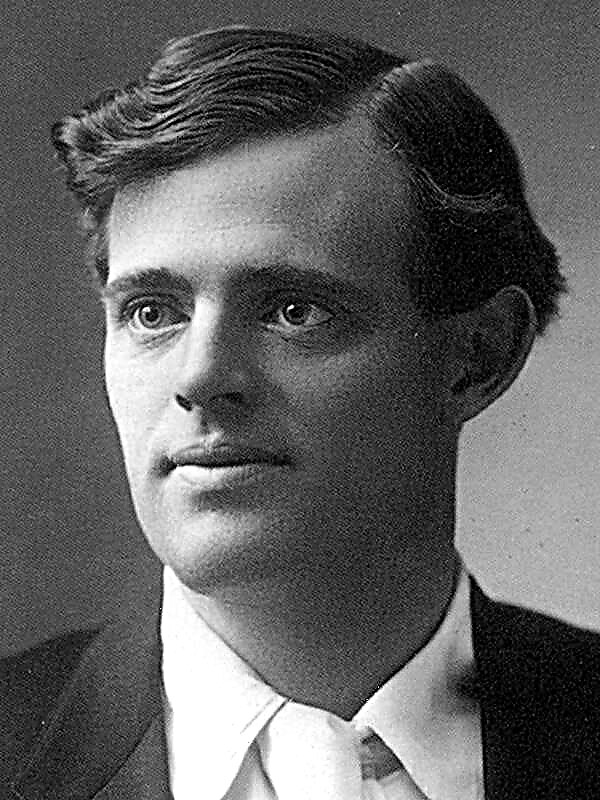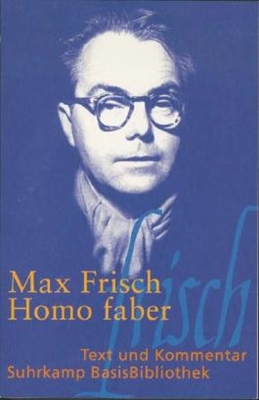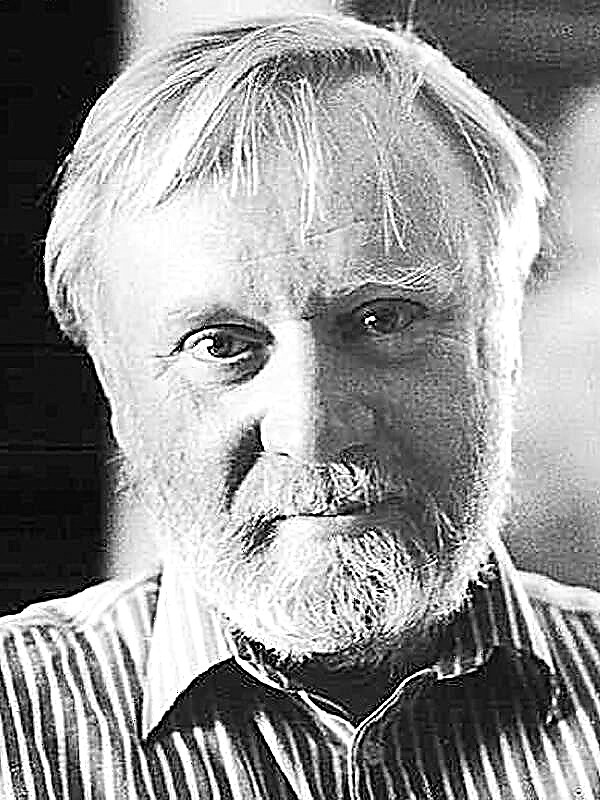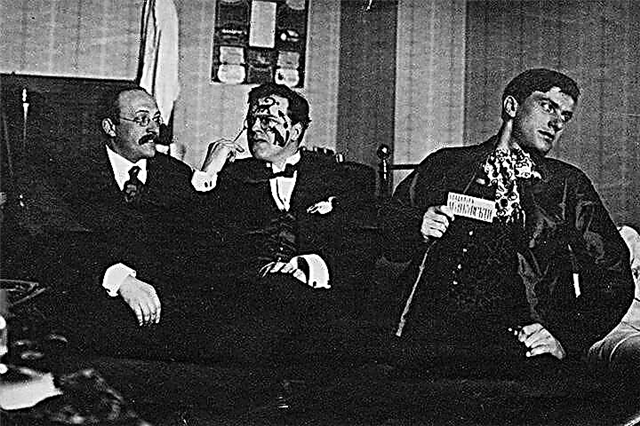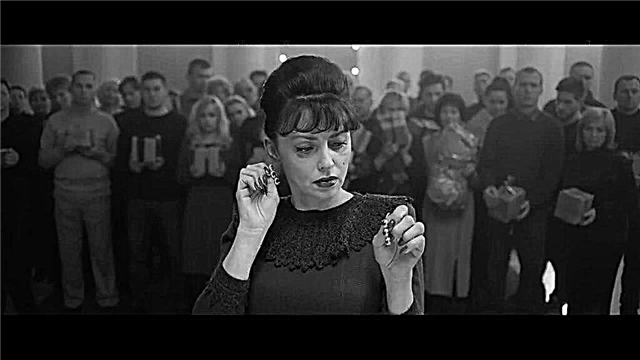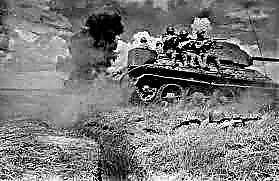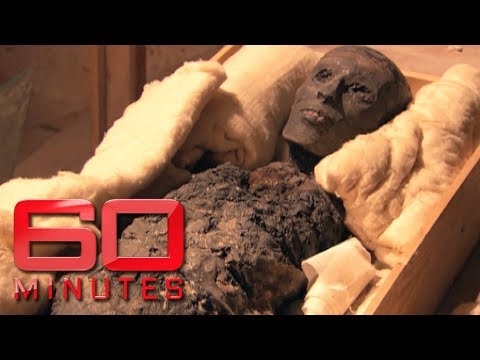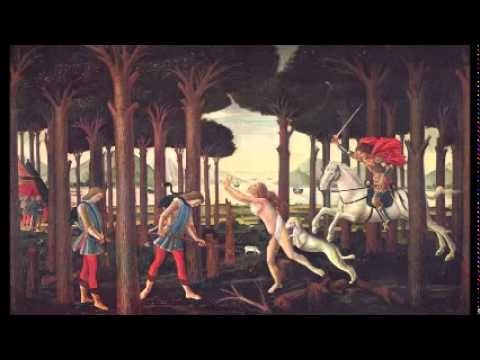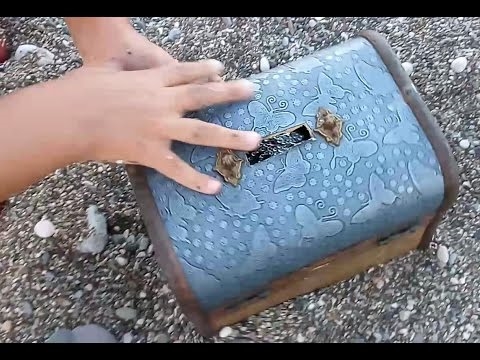Vladimir Mayakovsky is one of the first poets who developed the theme of modernity with everyday examples in children's poems. His works are not alien to civil pathos and political nature. The reader not only enjoys the magical world of rhyme created by the author, but also learns the reality surrounding him. Simplicity, originality and children's style of the verse still do not leave anyone indifferent.
- "What is good and what is bad?". Perhaps the most famous children's poem by Mayakovsky tells of a conversation between a father and his son. The boy asks a question in the title of the work, and the parent, using examples, explains to the baby about good and bad. He talks about the weather, hygiene, attitude to the defenseless, cowardice and courage ... After hearing his father’s advice, the child realizes that from childhood he should try not to be a “pig” so that when he grows up he should not become a “pig”. For your own good, you should be good, not bad. Read the poem itself ...
- "Who to be?". When raising a child, it is important to set him up for determination in the professional future. Mayakovsky on behalf of a teenager provides a choice for young readers. Each profession is better than the other, and you can enjoy every one. Whether it is a carpenter, a doctor or a sailor, the hero emphasizes their benefit to society and is imbued with the desire to master this or that skill, if only he would be taught how to work. Read the poem itself ...
- “Read and ride to Paris and China.” Vladimir Mayakovsky traveled abroad almost every year, since 1922, and considered communication with people from different countries to be a substitute for reading books. He even twice intended to go around the world. In a children's poem, he fulfills his desire by visiting France, America, Japan, China and returning to Moscow. The poet himself hints at the proverb: “It’s good to visit, but better at home,” describing a strange world for him abroad. Earth begins with the Kremlin, and after 15 days the guys are already in the capital of the Soviet Union. Surprisingly, the outcome of the adventure Mayakovsky compares the planet with a ball in the boy’s hand. Read the poem itself ...
- “This little book is about the sea and the lighthouse.” In this poem, the motive of a person’s struggle with the elements slowly turns into a message to help people. Uncle Mayakovsky, using the example of a lighthouse keeper, urges people to work for the good of society. Often the life of those “who cannot swim at night” depends on one worker watching the light on the shore of the bay. The tragic picture of the shipwreck is eliminated by the work of one person who, it would seem, is not able to save the whole ship alone. Read the poem itself ...
- "The story of Vlas - a bummer and a lazy bumblebee." The speaking surname of Vlas Progulkin hints at the main idea of the poem. Here is satire on a lazy schoolboy who liked to read a magazine instead of going to bed, and then was late for lessons and skipped them. From the average hater of painful school years, a drunkard fired from work grew up. From a small flaw a big problem is born, not only for Vlas himself, but also for people around him. In an accessible language for children, the author warns the reader of laziness and recalls the importance of education. Read the poem itself ...
- "Whatever the page is an elephant, then a lioness." Humor, imagination and laconicism - this is what is necessary for the genre of poetic signature to the drawings. In addition, the artist should easily understand the idea of the poet. And Mayakovsky copes with this genre perfectly. His childish spontaneity and attention to bright details help him to have a childish look at the animal world. Pointing to the size of the elephants, he adds: “For such a small page, they gave a whole spread,” and, speaking of the ridiculous appearance of a monkey, he compares it with a person. Read the poem itself ...
- "Tuchkiny things." Another poem reflecting children's imagination. The clouds in the eyes of the lyrical hero turn into people, camels and elephants, and the sun - into a yellow giraffe. Comparisons, epithets and personifications give life to a silent landscape. The clouds are scared, running around, showing curiosity. Oddly enough, the work was written in 1917, at the height of the revolution, for which the rebel poet was even criticized. Unlike many of Mayakovsky’s creations, there is no special message, call to action, but the impression of a person who looked up at the sky is simply conveyed. Read the poem itself ...
- "Lightning Song." We must not forget that Vladimir Vladimirovich Mayakovsky is a poet of the revolution. Among children's poems, pioneers are often mentioned. The poem "Song of Lightning" was first published under the title "Forward" in connection with the First All-Union Pioneer Rally in Moscow. When the poet read it to the pioneers, he announced a work under a new name, which was assigned to him. The author calls the republic a mom, the working class - the pope, and the CPSU (All-Union Communist Party) - counselor. The revolutionary pathos fully corresponds to the main thrust of Mayakovsky’s lyrics. Read the poem itself ...
- "Air Crew". The poem was written in honor of the creation of a powerful Soviet air fleet. The lyrical hero is a pilot who overtakes any bird and fights fires and locusts. Man rises above nature and flies through the clouds. "Ditties" is really written in a fun manner, as if the pilot teases everyone he manages to overtake. Technological progress has brought man to the ability to fly, which every child dreams of. Read the poem itself ...

